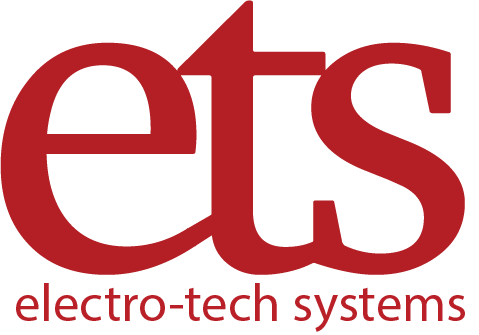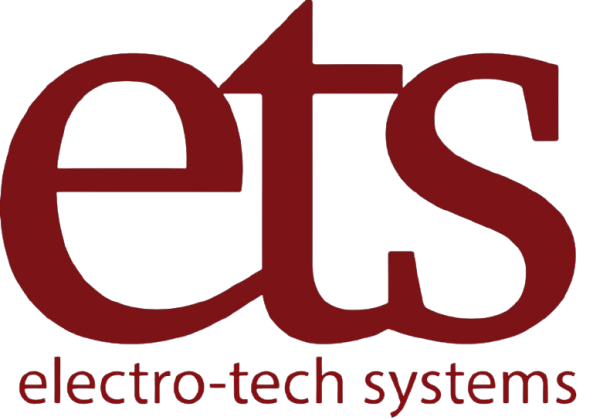ESD Testing Services
[vc_row][vc_column][vc_tta_accordion shape=”square” color=”white” c_icon=”chevron” c_position=”right” active_section=”1″][vc_tta_section title=”Can a copy of the test method or specification for the testing being performed or equipment being purchased be supplied by ETS?” tab_id=”1445520263938-98a5ba98-e74e”][vc_column_text]ETS does not provide copies of specifications or test methods. These are available (for a fee) from the issuing organization or their agents and are typically copyrighted. For additional information please see the LINK page of the web site[/vc_column_text][/vc_tta_section][vc_tta_section title=”Can a rush testing order be placed for a premium?” tab_id=”1445520263945-7f762382-f0ed”][vc_column_text]ETS makes every attempt to complete the testing as soon as possible. In many instances, the raw data sheets can be provided as soon as testing is completed.[/vc_column_text][/vc_tta_section][vc_tta_section title=”Can an ESD Testing Procedure be customized?” tab_id=”1445520359872-78a097a3-db39″][vc_column_text]Yes, ETS can modify an existing test procedure to test a material or object in accordance with a test method which may have been initially generated for another application. Any modifications to the standard procedure is noted in the formal test report.[/vc_column_text][/vc_tta_section][vc_tta_section title=”Is there any one test that will tell everything needed to know about the electrostatic performance of a material or product?” tab_id=”1445520378587-9227a2a1-0f63″][vc_column_text]Unfortunately no. When evaluating a material’s electrostatic performance there are several characteristics that may need to be evaluated (not all of these are applicable to all requirements). They are: Static Dissipation (or Static Decay), Resistance (or Resistivity), Triboelectric Charge Generation, Static Shielding and ESD Susceptibility. By performing the appropriate combination of tests, a realistic overview of the material or products electrostatic performance can be provided.[/vc_column_text][/vc_tta_section][vc_tta_section title=”What can be done to ensure that the wrong tests are not performed?” tab_id=”1445520393938-b6f5d0b1-4463″][vc_column_text]Communication between the material manufacturer and the end user is the single most important factor in assuring the most out of testing. Use of the proper terminology (by both parties) and referencing the appropriate test method(s) (for the intended end use) goes a long way to avoiding problems down the road.[/vc_column_text][/vc_tta_section][vc_tta_section title=”What is ETS policy on confidentiality of results?” tab_id=”1445520412975-56cc3a06-aa75″][vc_column_text]ETS only releases test results to the company issuing the purchase order and any other company they have directed on the purchase order. ETS will only discuss the results with another party if requested in writing by the contracting company.[/vc_column_text][/vc_tta_section][vc_tta_section title=”What is the turn around time to test samples? What is the process?” tab_id=”1445520447157-f439a895-7136″][vc_column_text]Turn around time is typically two to three weeks after receipt of samples and the necessary paperwork (purchase order, specification or test method reference, relative humidity level, etc). Once everything has been received, the specimens are scheduled with other testing lots. As soon as a chamber or room becomes available they are prepared and conditioned in accordance with the test method requirements. Although conditioning times can vary, most test methods require conditioning of the samples for a minimum of 48 hours. Once testing is completed, a formal report with data sheets is prepared.[/vc_column_text][/vc_tta_section][/vc_tta_accordion][/vc_column][/vc_row]

